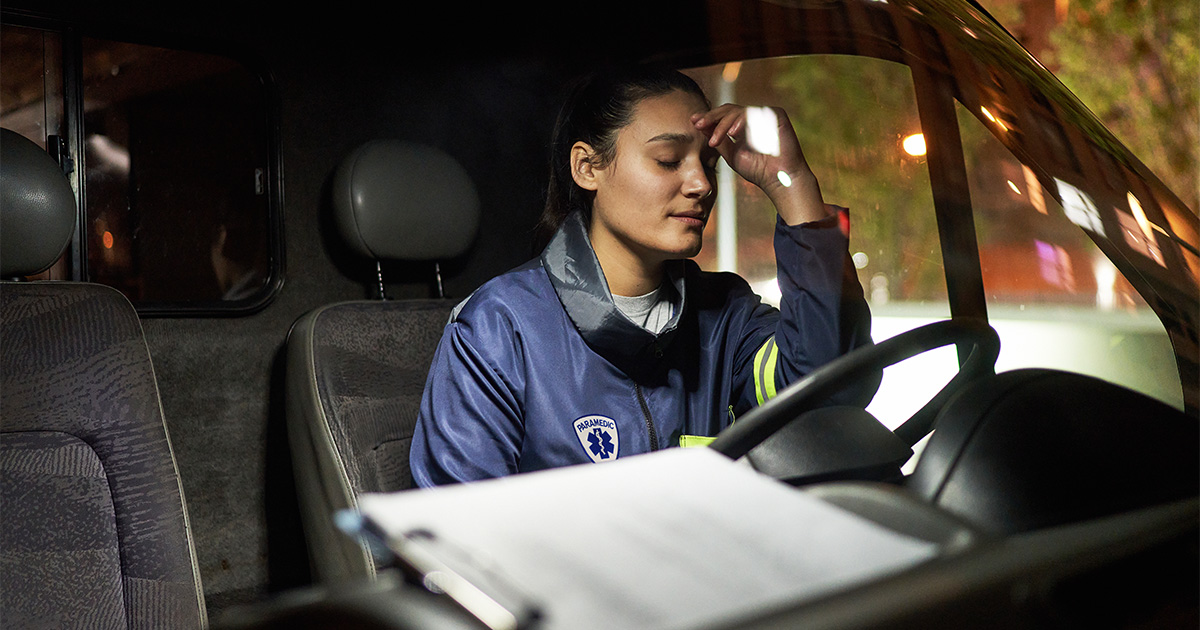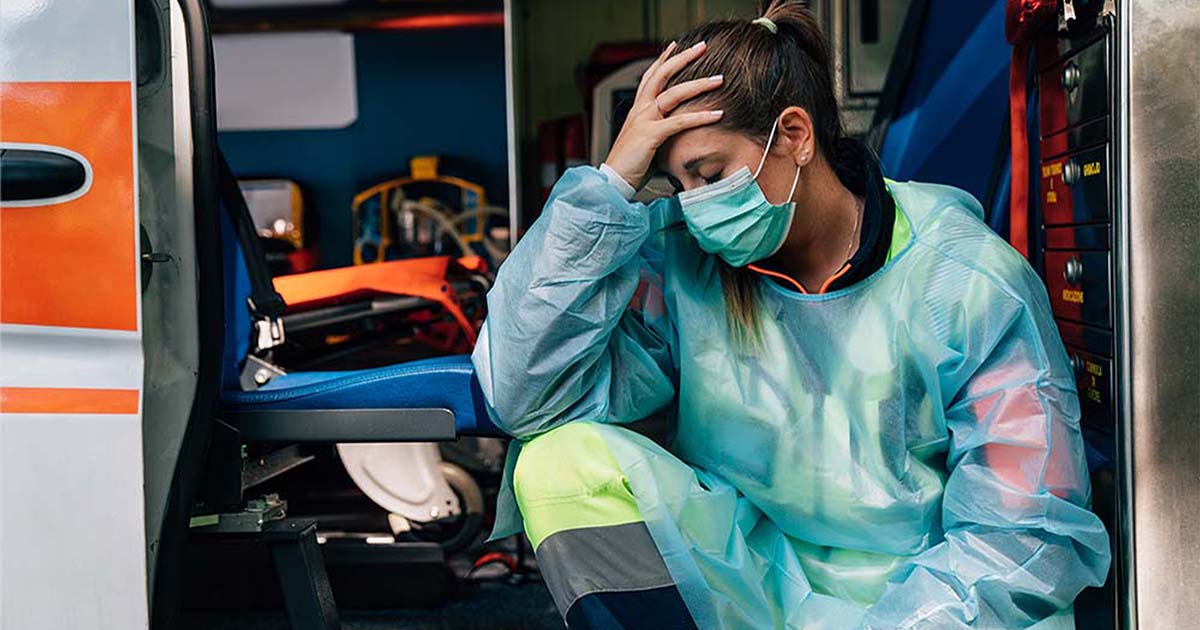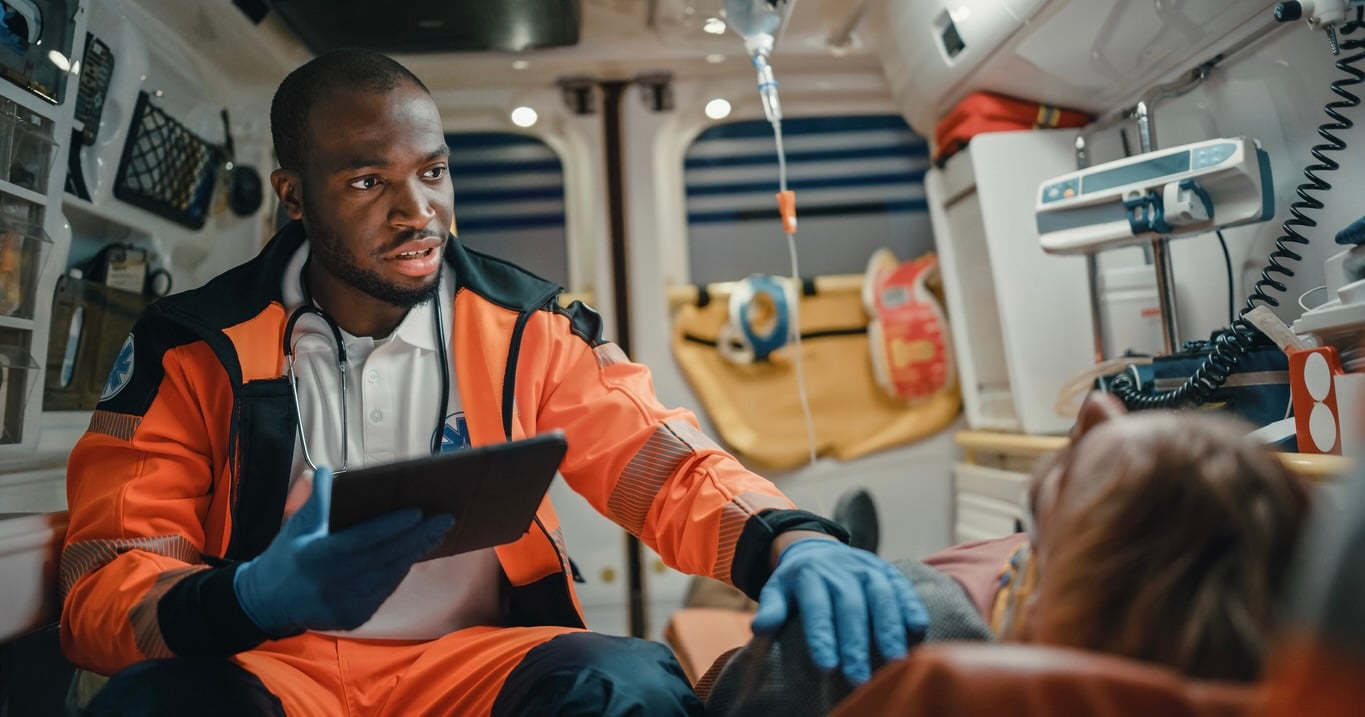
3 min read
Stop the Staffing Spiral: Burnout is Draining Your Workforce
Editor's Note: In July 2025, EMS1 and Fitch & Associates released their annual EMS trend survey, What Paramedics Want, proudly sponsored by Pulsara....
Read PostThe latest articles, case studies, research, and more are on their way to your inbox. Happy reading!

3 min read
Editor's Note: In July 2025, EMS1 and Fitch & Associates released their annual EMS trend survey, What Paramedics Want, proudly sponsored by Pulsara....
Read Post
1 min read
Texas EMS Agency Slashes Hospital Offload Times For Low-Acuity Patients Down from 45 Minutes to 10.2 Minutes with Innovative Door-to-Lobby Protocol Cy-Fair Fire Department, a high-performing Fire and...

4 min read
Editor's Note: In July 2025, EMS1 and Fitch & Associates released their annual EMS trend survey, What Paramedics Want, proudly sponsored by Pulsara. Because the articles and advice found within...

5 min read
Editor's Note: In July 2025, EMS1 and Fitch & Associates released their annual EMS trend survey, What Paramedics Want, proudly sponsored by Pulsara. Because the articles and advice found within...

1 min read
In fast-paced clinical settings, documentation often competes with communication and patient care. Pulsara’s mission is to give healthcare workers an efficient, intuitive platform that eliminates...

1 min read
How an Arkansas hospital improved their door-to-needle benchmark success rates across the board and achieved a record treatment time of 18 minutes. St. Bernards Medical Center, a 381-bed acute-care...

5 min read
Editor's Note: In May 2025, FireRescue1 released their annual digital edition, Fire Command Ready: Building Bench Strength, proudly sponsored by Pulsara. Because the articles and advice found within...